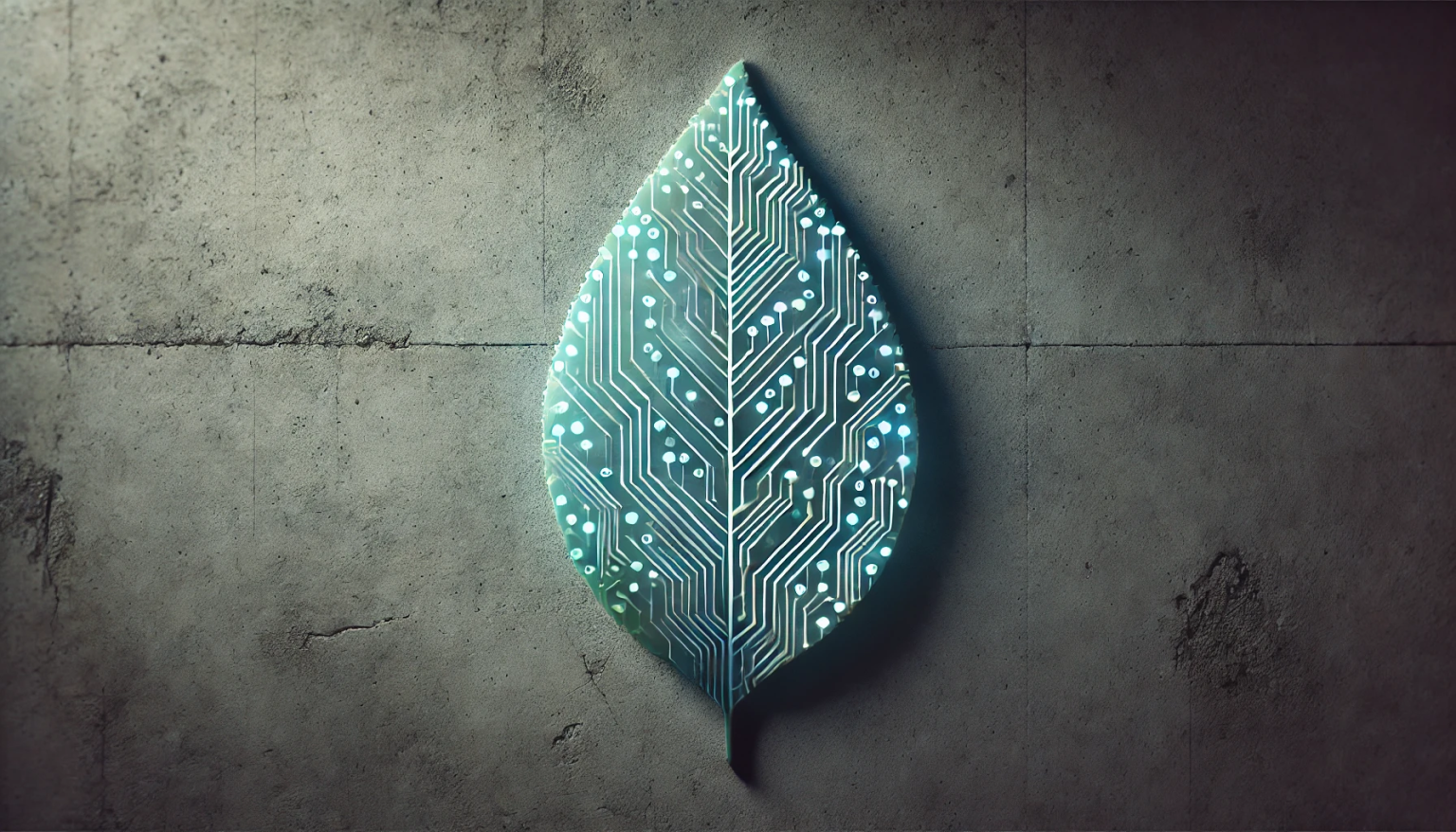Imagine having precise information about the strength of a newly poured concrete slab in real-time, without waiting for laboratory tests. Or being able to predict when a structure will be ready for its next stage of construction, all while minimising environmental impacts.
These scenarios are no longer futuristic dreams but daily realities on modern construction sites. Here’s how smart sensors are reshaping the industry.
1. Real-time Monitoring and Predictive Analysis
One of the most significant advantages smart sensors offer is the ability to monitor construction materials continuously. Traditional methods like concrete cube tests can take up to 28 days for final results, and errors during preparation or storage can lead to inaccurate data. In contrast, smart sensors embedded in concrete provide real-time updates on curing processes and strength, enabling more timely and accurate decision-making.
- Continuous data: Sensors measure temperature and humidity within concrete to give accurate, continuous readings about its maturity.
- Faster insights: Instead of waiting for fixed lab intervals, smart sensors allow workers to assess material readiness at any time, which can help avoid delays
This continuous data stream, often enhanced with AI, can also predict when materials will reach the required strength. This is particularly useful for large-scale projects with tight timelines, as it optimises labour and resource allocation
2. Improving Safety and Reducing Risks
Safety on construction sites is paramount, and smart sensors contribute significantly by providing accurate, real-time information about the structural readiness of materials. In scenarios such as post-tensioned slabs or high-stress environments, precise data from these sensors ensures that construction teams are working under safe conditions.
Knowing exactly when concrete has reached sufficient strength to handle loads reduces the risk of structural failures and accidents
- Early detection: Sensors help identify potential weaknesses or temperature differentials in materials, which might lead to thermal cracking if unnoticed.
- Enhanced decision-making: With AI integration, sensors not only monitor but also predict potential risks, allowing for proactive adjustments before issues arise
3. Increased Efficiency and Cost Savings
Smart sensors enable construction teams to work more efficiently by removing guesswork from key decisions. Real-time monitoring reduces the need for repeated tests and site visits, freeing up time and resources. This technology is especially useful in complex or large-scale projects where traditional testing methods can slow down progress.
By providing accurate, actionable data, smart sensors minimise errors and reduce the need for rework, which can be both time-consuming and expensive.
Some benefits include:
- Reduced labour costs: Fewer manual tests and checks are required, as data is automatically gathered and transmitted.
- Accelerated project timelines: With quicker access to accurate data, project stages can be completed faster, leading to potential savings of up to 30% in build time
4. Sustainability and Environmental Impact
As sustainability becomes a greater focus in construction, smart sensors are playing a crucial role in reducing waste and minimising environmental impact. For example, concrete sensors help reduce the overuse of materials by providing exact measurements, ensuring that only the necessary amount of resources is used.
Additionally, these sensors enable the optimisation of energy consumption by monitoring and controlling the curing process. This reduces the need for excessive heating or cooling during concrete curing, thus lowering the project’s carbon footprint
- Waste reduction: Real-time insights help avoid material waste by preventing quality issues before they occur, ensuring that concrete is used efficiently.
- Lower emissions: Remote monitoring cuts down on-site visits, reducing travel-related emissions and overall project carbon impact
5. Future Innovations and AI Integration
The future of smart sensors in construction lies in their integration with artificial intelligence (AI) and machine learning. These technologies allow sensors to not only collect data but also to interpret and predict outcomes, leading to smarter decisions.
AI can analyse complex patterns in the data that humans might miss, offering recommendations for improving concrete mixes or optimising construction timelines.
For example, AI-based systems can predict how concrete will behave under various environmental conditions, helping engineers adjust materials or processes proactively. This level of prediction and adjustment could further reduce costs, prevent delays, and enhance safety



